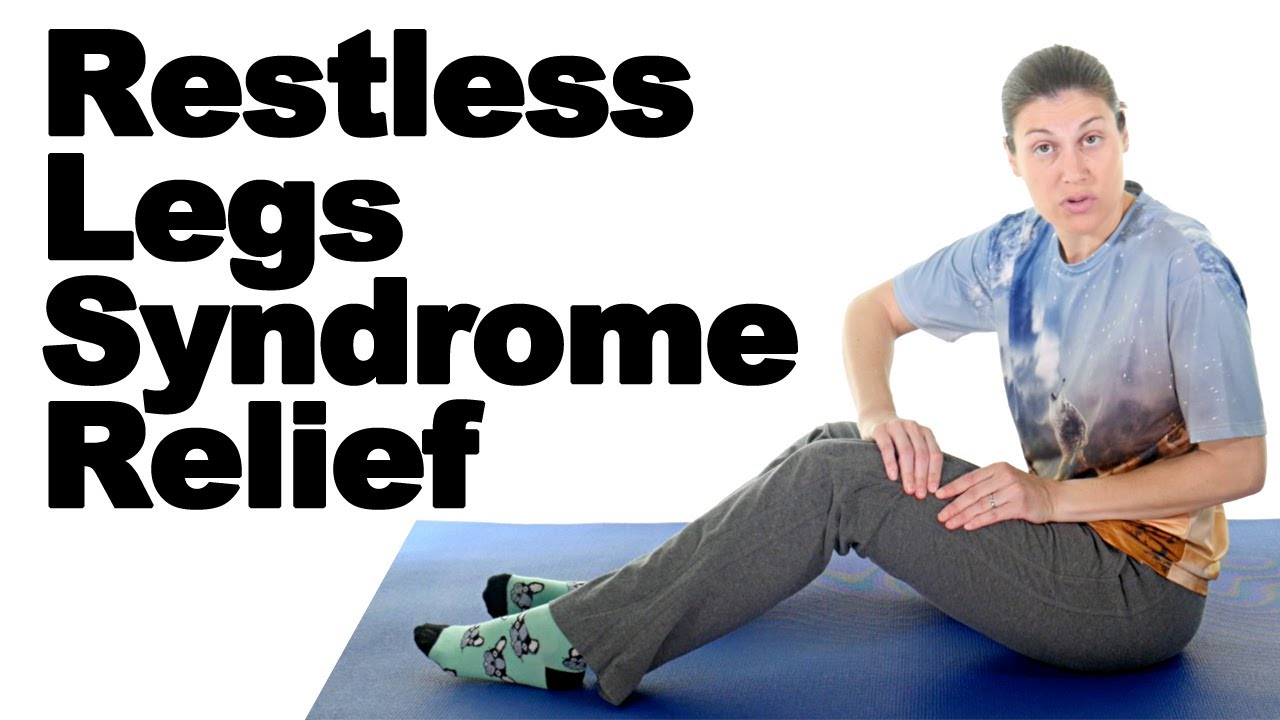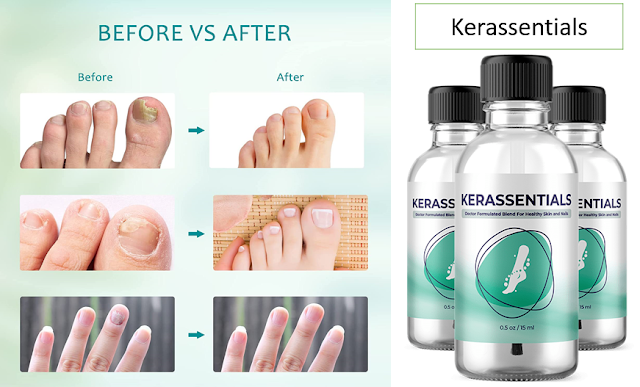
If you experience the symptoms of sleep apnea and restful legs, you may be suffering from a condition known as sleep apnea. This sleep disorder, also known as obstructive sleep apnea, disrupts normal breathing during sleep. The good news is that it is treatable. Read on to learn more about this condition and how you can benefit from treatment with a CPAP machine.
Symptoms
A doctor can diagnose sleep apnea and restless leg syndrome by observing you during the night. Your doctor may ask about your medical history, including any medications you are taking, as well as your restless legs symptoms. He or she may also ask you to keep a sleep diary for two weeks, rate your restless legs symptoms, and take blood tests. The doctor may recommend some medications, if necessary.
Exercise can help relieve the symptoms of RLS, but avoid strenuous exercises before bed. A regular schedule and sleeping place are also important. Sleeping seven to nine hours every night is the recommended amount, and staying active is recommended. Moderate exercise may also help relieve restless leg symptoms, but don’t overdo it. You should also limit caffeine and alcohol. Some people have reported feeling better after eating magnesium.
Causes
While restless legs syndrome is a common symptom of obstructive sleep apnea, it’s also a condition that can occur as a result of other health issues. Symptoms of this disorder may be triggered by things like lack of sleep or alcohol, caffeine, or tobacco. You should report any of these symptoms to your healthcare provider, who can perform various lab tests to rule out other conditions. If you suffer from the symptoms during the night, your physician may also order a sleep study.
In some cases, periodic limb movement is the primary cause of restless legs and sleep apnea. This disorder is a common sleep disturbance with significant side effects. It is also associated with increased blood sugar levels and increased risk for heart disease, high blood pressure, and stroke. Sleep studies can determine if you are suffering from obstructive sleep apnea and restless legs syndrome.
Treatment
One of the common problems among people who suffer from sleep apnea is restless legs syndrome. People with restless legs frequently rouse themselves from sleep. There are a variety of treatment options that target the symptoms of restless legs syndrome. A few behavioral changes may help you cope with the symptoms. Other treatments include medicines. Some of these can make symptoms worse, while others may even stop working. The FDA has approved two types of dopaminergic drugs: pramipexole and ropinirole.
In addition to sleep apnea, restless legs syndrome is a common neurological condition. Approximately 10% of the population suffers from RLS. Patients with the disorder experience more than one occurrence of periodic leg movements during sleep. Physiological factors are unknown, but abnormalities of the central dopaminergic and iron systems are involved in the disorder. Patients with restless legs syndrome are more likely to have a sleep disorder, including obstructive sleep apnea.
CPAP machine
There are many ways to treat sleep apnea. One of the most common ways is continuous positive airway pressure therapy, or CPAP. Other treatments may involve bi-level positive airway pressure or adaptive servo ventilation. Both of these treatments require a prescription from a doctor and are generally considered safe. There are many options available, and the most important consideration is which one is right for you.
CPAP therapy is the gold standard treatment for sleep apnea. It works by providing air through a mask during sleep to eliminate breathing pauses. You will no longer snore or make choking noises when you wake up. It will also help you sleep more deeply, without being disturbed by snoring or restless leg syndrome. The machine is portable, lightweight, and usually can be stored on the bedside.
Iron deficiency anemia
A significant correlation exists between iron deficiency anemia and sleep apnea. This condition is commonly characterized by low ferritin levels, low transferrin saturation, and decreased mean corpuscular volume. Patients with sleep apnea often experience fatigue and restless legs. Iron deficiency is often overlooked, however.
This is because sleep apnea and restful legs can be caused by iron deficiency. In fact, iron deficiency is a relatively uncommon cause of these conditions. However, there are many other factors to consider. A patient’s age, gender, and family history are among the most common risk factors. Patients with anemia should see a physician for testing.





